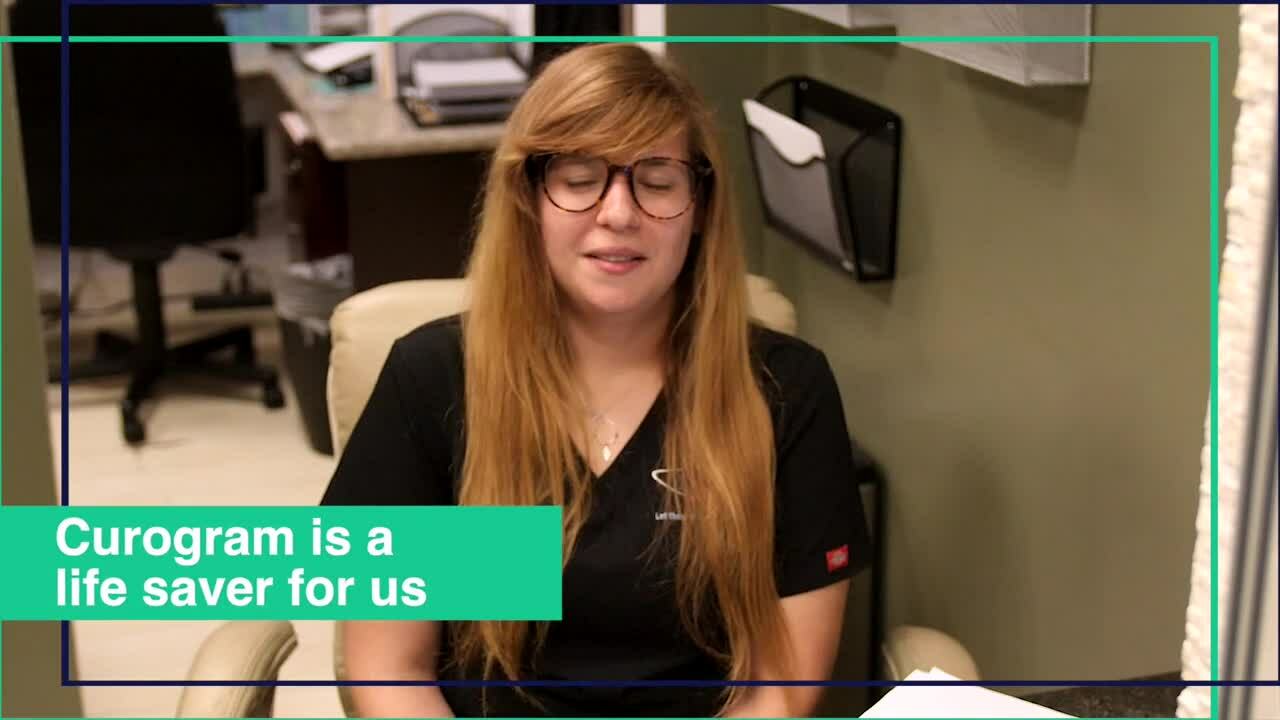Learn who your modern patient population is, how to communicate with them, and improve how you provide them care. Explore different levels of communicating with modern patients and understand why they all lead to patient satisfaction.
Healthcare professionals (HCPs) have been working hard to improve communication with patients. Research indicates that effective communication yields positive patient outcomes and a high satisfaction rate. A modern patient population is more mobile and includes active participants who are in control of their health, regardless of their proximity to providers. Communication with this population is an essential component in providing healthcare today.
How do you communicate with your modern patient population then?
Understand your modern patient.
Communicating with patients educates and empowers them to work with HCPs in diagnosing and treating their condition or maintaining their healthy lifestyle. Communications, however, need to be adequate and appropriate to produce such an outcome. To do that, you must develop an understanding of your modern patients.
Identify the modern patient population and its traits.
Millennials, the generation born between 1981 and 1996, account for a significant portion of modern patients. They are the largest segment of the living population in the United States, with an estimated count of 72.26 million in 2020.
Modern patients, then, are more accustomed to communicating via email and social media as they grew up during the Internet age. That may make them techier or more computer-savvy than Generation X, born 1965-1980, who did not have the Internet until their adolescent or teen years. Millennials tend to do many things simultaneously, whether at home or outdoors because they are used to accomplishing things with a few clicks on their laptop or smartphone.
So, a modern patient’s lifestyle is mobile - more mobile than patients were in past decades. They can work from home or while on vacation. They can be at a party and still be on top of their businesses or projects. They can cook and also monitor stocks.
Healthcare could be one of the most minor things they attend to in their day's to-do list, but modern patients often take great responsibility for their health.
A modern patient, for instance, may already have sought out information on symptoms and home remedies for their health conditions (and probably your profile as an HCP, too) online before you see them for a consultation.
Address the needs and concerns of modern patients.
Given their traits, the modern patient population naturally seeks on-demand healthcare over the current provider-centered setup because they like to control, such as with scheduling, and convenience, wherever they happen to be. They prefer HCPs that offer virtual services such as online visits or remote consultations — telehealth is important to a modern patient.
They also search for an HCP that can provide services at a lower cost. That's why the strength of an HCPs staff is important to them, and they prefer a provider that can facilitate preventive care.
Modern patients have an eye for the use of digital technology in healthcare. It's a plus for them when HCPs offer predictive and remote measurements of vital signs and other clinical indicators of health problems.
Moreover, a modern patient population requires fast and easy access to their health records anytime they need it, instead of bureaucratic, red tape-driven procedures.
It is easier to break through communication barriers with your modern patients when you understand them. Whether it's a face-to-face appointment, a text messaging exchange, or a virtual consultation, you must make them feel that you can relate to them and understand them.
How can you engage modern patients?
When you have overcome communication barriers with your modern patients, you are better- positioned to engage them. But not by labeling them — such as modern or Millennials — but by initiating an open dialogue with them, treating them as partners in health.
Your modern patient population appreciates honesty and authenticity. So, communicating with them means telling them what you can and can't do for them. They value the truth; demonstrating slight imperfections is viewed positively over the too-good-to-be-true marketing and communications hype.
Let them know, for example, that you can't tell them or decide for them if they want treatment and which medication to choose. You can provide valuable information and encourage modern patients to take responsibility for this part of the care process and to participate in their health management — something they are more than willing to do.
Engaging patients in a dialogue opens up opportunities to learn more about them. Communicating with them at this stage enables you to discover ways to level up your relationship with them to partners in managing their health conditions.
Communication strategies could include:
- Infographics
- Case studies
- Trivia
Use any of these with topics ranging from digital technology integrations in healthcare to medical concerns common to their generation. A modern patient population is interested in the health conditions their generation faces and the lifestyle choices that cause or rectify them.
Engage your patients during in-person visits, virtual consultations, or even through forums and discussion groups on different social media channels.
Once engaged, you can encourage them to share or talk more about their symptoms, preferences, hesitations, or preconceived notions about proper healthcare.
Listen to your patients.
Effective communication requires listening skills, too. So, when they start sharing, be sure to listen. Listening is a critical aspect of communicating with modern patients.
Listen and learn about what they already know about their conditions, whether from online, peers, and friends. Listening to your modern patients triggers a mechanism that facilitates trust. That creates a more profound level of communication.
Note that patients know you are listening when you respond to them on point with sincerity and care. Listening to them also helps you determine if they already trust you or still doubt you as a provider.
Be sure to listen and pay full attention to them during all forms of communication, as some may express themselves better over text or email, to get insights into their needs or pain points.
Educate modern patients.
Acquiring adequate information from your patients equips you with tools that elevate the communication process to educating your patients about their health condition, recommending appropriate treatment, and their role in care management. It means that your patients are now ready to listen to you, too.
Educating modern patients highlights your capability as a provider and increases their confidence in your care.
Modern patients crave relevant and practical information from credible sources — your expertise can fulfill this need. They are, however, flooded with so much information available online, including fake or not credible information.
Educating patients helps them sift through the information they get from searching online. You can help them identify facts from false medical claims, as they likely appreciate feedback and informed criticism. You can educate them about any incorrect information they believe by showing them verifiable information that contradicts it.
As your communication practices with modern patients develop, you gain their complete trust. They now entrust you with their well-being and provide them with the necessary care during your partnership.
Aside from actual one-on-one appointments or treatment sessions with your patients, you can conduct webinars or share educational audio-video content with them. At any given opportunity, use the information you have gathered about them to feature your relevant knowledge and expertise related to it.
Provide quality care to modern patients.
Let actions speak more for your practice. Healthcare, after all, is a medical profession that principally requires you to provide care to patients and not just talk about it.
Actions may dismantle the trust earned in the entire communications process. The quality you put into the service you provide to your patients validates what you talk about in your practice.
Modern patients are brand conscious. They offer loyalty to those that earn their trust. When they are satisfied with your services, you become their trusted health care provider. You get positive reviews online when you ask them to write them, or even when you don't.
It is imperative to leave no room for errors in your practice and execute high-quality healthcare. The use of modern, updated, and innovative technology allows you to lessen or discard inefficiencies in your medical practice and leave patients significantly satisfied with your care.
Integrate your practice management systems with digital technology, such as 2-way text messaging, to satisfy a modern patient’s need to be in control of their appointments with you. Be as web-ready or mobile-friendly as possible to allow them to access your practice efficiently and conveniently from anywhere.
Offer modern but simple and secure ways for them to connect with you for virtual consultations and checkups. Upgrade your services to allow remote measurements of vital signs with the use of wearable gadgets.
Invest in secure HIPAA-compliant telemedicine or telehealth platforms to exchange with your modern patient population any information required on particular situations such as test results, personal health metrics, or other patient health information.
Understand, engage, listen, educate and provide quality care to modern patients.
Communicate with a modern patient population with mobile connectivity and quality service in mind. Understand, engage, listen, and educate your modern patients using the technology they are familiar with and become the healthcare provider you advertise.
When you effectively and sincerely communicate with modern patients, you provide the best service possible. That results in high satisfaction ratings, whether they require in-depth care or uncomplicated, routine treatment.


.png)
.png)
 5 Min Read
5 Min Read
 0
Comments
0
Comments


